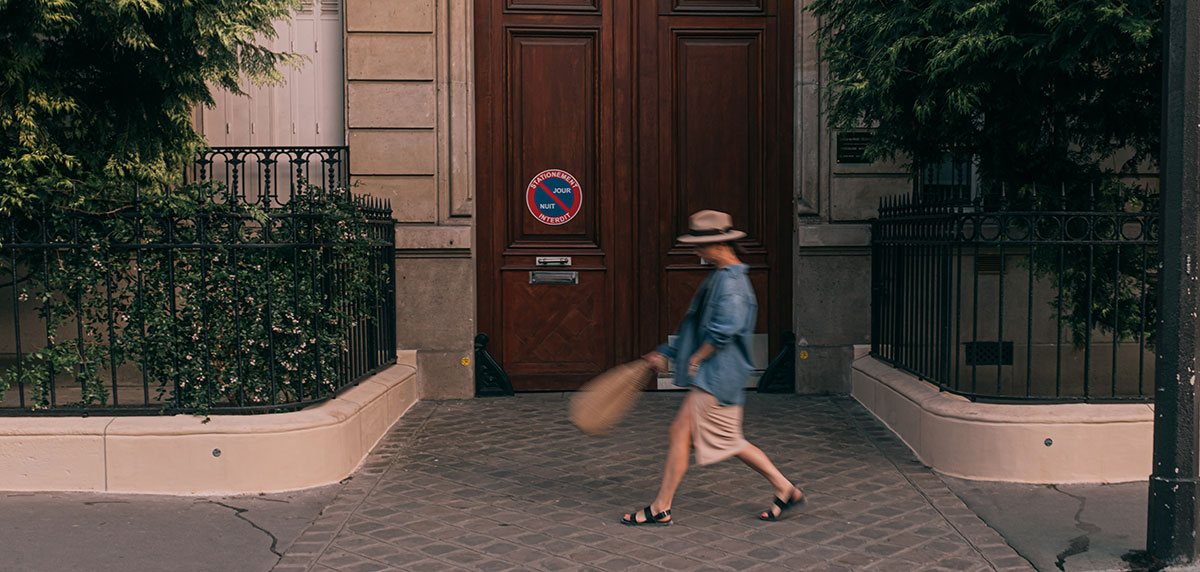
Be Safe, Stay Healthy
mars 13, 2020 — The Big Picture
Be safe, stay healthy. In the post-COVID-19 world, these phrases aren’t just platitudes, they’re the mark of a movement that’s quickly pervaded every aspect of American life. Typed into email signoffs, hashtagged on social media, digitized on freeway signage, and emblazoned on theater marquees—« be safe, stay healthy” offers a constant reminder of our goals as a society as we grapple with our new way of living.
It is not altogether unsurprising that it took a global pandemic to ignite a sudden nationwide concern for the safety and health of Americans. But what is surprising is how quickly it has helped residents of this country to see that the safety and health of their own lives had been jeopardized for over a century by a deadly, dangerous convenience.
Over the last month, traffic has been eliminated, roadway deaths have plummeted, and air pollution has simply evaporated. Across the country, stay-at-home-ordered neighborhoods are filled with people jogging down major boulevards, parents riding on bikes with their young children in the street, and couples taking aimless afternoon strolls, marveling at how beautiful, how quiet, how calm our world is without cars.
Yet those empty highways and blue skies should serve as a painful reminder that what feels like an inconvenient spring break for some will end up shattering the lives of others. Like all disasters, the coronavirus pandemic will adversely affect the safety and health of the U.S.’s most marginalized residents—the same people whose safety and health were most adversely affected by the speeding vehicles and smoggy horizons of our car-dependent past.
Pandemics have defined the way we design our communities, and the coronavirus crisis has granted some Americans a fleeting vision of what a safe and healthy neighborhood might look like. As our cities reawaken, we need to focus on building truly safe and healthy neighborhoods for everyone. Because once we’ve finished grappling with COVID-19, we’ll still have the slow-moving catastrophe of climate change to face, and those car-free streets will be the best tool to combat a crisis even deadlier than the one we face today.
Stay at home orders have given us the opportunity to see how our daily choices can change our neighborhoods in real time. That what we do locally matters most to those closest to us, block by block, street by street, city by city. As communities unite to protect their most vulnerable residents, it is difficult to imagine that we could ever return to our previously destructive ways. If we can make this many sacrifices while apart to save the lives of our neighbors, our coworkers, our grandparents—imagine what we might achieve together.